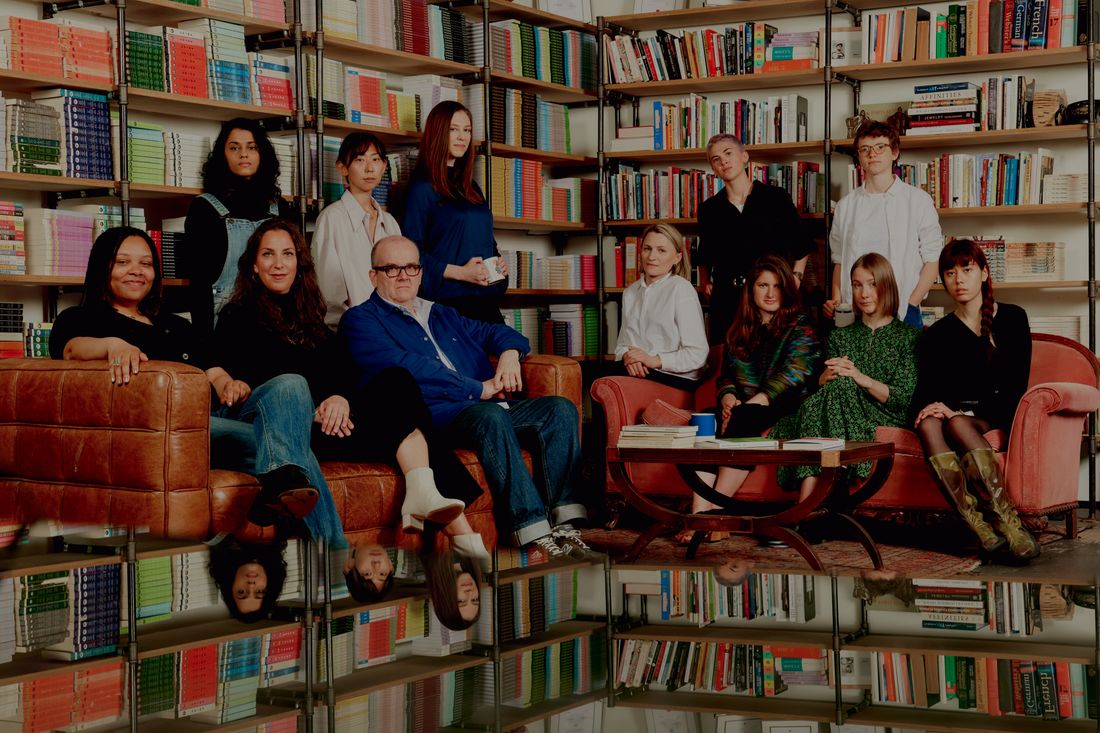
The Paris Review has come a long way from its founding team of “Tall Young Men,” in the words of Irwin Shaw, a man solicited by the Review because, according to the first managing editor, he was a “hard-drinking writer with a good-looking wife.” The magazine’s early parties included “call girls for decoration,” as Gay Talese noted, a louche legacy that endured through the editorship of Lorin Stein, who resigned in 2017 following reports of sexual misconduct and was replaced by the novelist Emily Nemens. Now, under recently appointed editor Emily Stokes, the Review has experienced an overhaul with changes ranging from the staffing (it has an almost entirely new editorial team) to the furniture (gone is the office pool table upon which Stein used to stand and make toasts).
The shift can be felt in the Paris Review’s Pentagram-led re-design. The book is now smaller and softer, moving away from the glamorous yet forbidding aura of the magazine’s past. “I wanted it to be an exquisite object that wasn’t precious and to feel really classic but not at all nostalgic,” Stokes says. The result is a text equally suited to being displayed on a coffee table or stuffed in a coat pocket. Her team, too, is small and intimate, she says, giving their project a “cottage-industry feel.”
The Review recently held the Spring Revel, its yearly fund-raising event, where Jamaica Kincaid was presented with a lifetime-achievement award. Kincaid is the subject of the “Art of Fiction” interview with Darryl Pinckney in the spring 2022 issue, the product of seven years of conversations. Stokes had to gently hurry the interview to conclusion. “They’re really inefficient,” she says of the interviews. “They’re really deep. And they have this patience about them: an understanding that to get to honesty, it’s going to take a lot of time.”
Stokes is comfortable taking time to get things right. The magazine skipped its fall 2021 issue to focus on resettling into the Chelsea office and implementing the redesign, emerging from the hiatus with a bright watercolor of two red cherries by Rose Wylie on the winter 2021 cover. According to deputy editor Lidija Haas, the image is of a piece with the magazine’s new ethos as well as the material they’re trying to bring in. “The pieces have this arresting quality,” she says, “and you really feel the voice speaking directly to you.”

